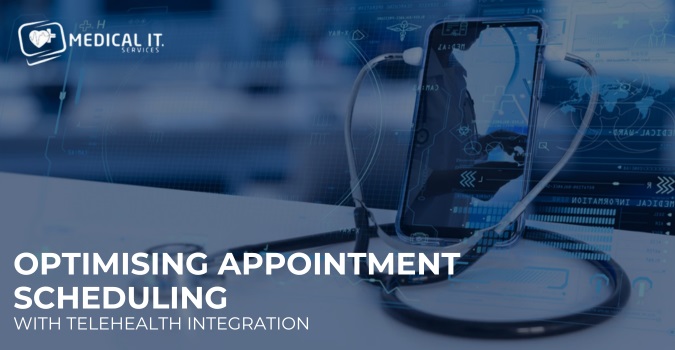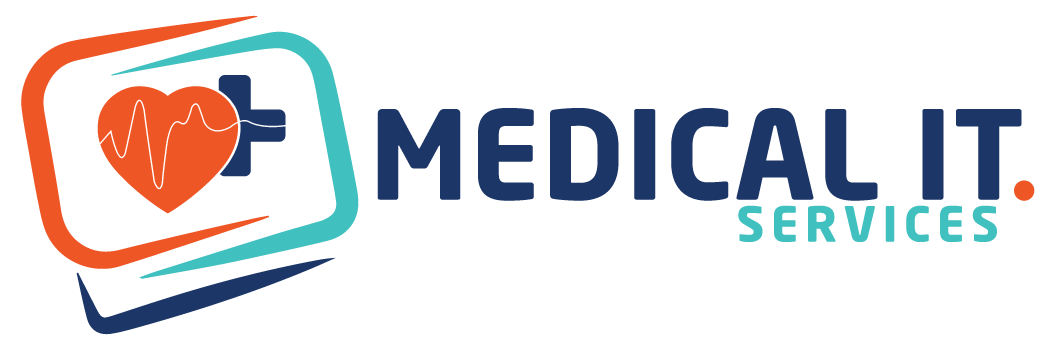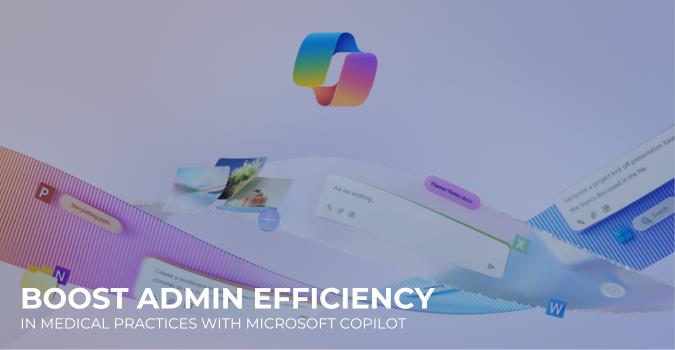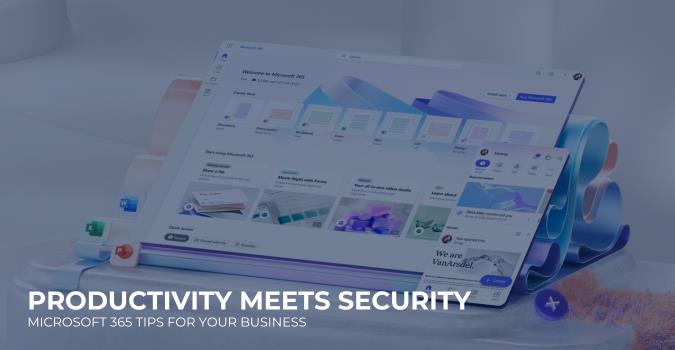In today’s fast-paced healthcare environment, time and accuracy are everything. Medical practices already juggle patient…

Optimising Appointment Scheduling with Telehealth Integration
In today’s healthcare landscape, efficient appointment scheduling is crucial. Traditional methods often struggle with inflexibility and limited functionality. However, integrating telehealth into your appointment scheduling system unlocks a new level of optimisation, boosting efficiency, accessibility, and patient satisfaction. In this blog post, we will get into the technical aspects of achieving this integration, exploring challenges, best practices, and potential solutions.
The Rise of Telehealth
Telehealth has revolutionised the way healthcare is delivered, offering patients the convenience of consultations from the comfort of their homes. This approach not only increases access to care but also helps in managing patient loads more effectively. However, integrating telehealth into existing appointment systems requires careful planning and the right technology.
The Importance of Optimised Appointment Scheduling
Effective appointment scheduling is more than just filling slots on a calendar. It involves balancing the needs of patients with the availability of healthcare providers, ensuring minimal waiting times, and maximising the use of clinic resources. Poor scheduling can lead to long wait times, patient dissatisfaction, and ultimately, a loss of revenue.
Challenges of Traditional Appointment Scheduling Systems
Integrating telehealth into appointment scheduling is not without challenges. Healthcare professionals must ensure that their systems are secure, compliant with regulations, and user-friendly for both staff and patients. Additionally, there must be a seamless way to manage and transition between different types of appointments.
- Limited Functionality: Traditional systems lack features to handle virtual appointments, leading to manual processes and errors.
- Data Silos: Appointment data often resides in separate systems from telehealth platforms, hindering information flow.
- Scalability Issues: Traditional systems might struggle to accommodate the increased appointment volume that telehealth integration can bring.
Optimising Appointment Scheduling with Telehealth Integration
To overcome these challenges, healthcare providers need to optimise their appointment scheduling processes to accommodate telehealth appointments.
Here are some strategies to consider:
Use a patient engagement platform: A patient engagement platform can help healthcare providers manage patient appointments, communicate with patients, and track patient engagement.
Implement a telehealth scheduling tool: A telehealth scheduling tool can help healthcare providers schedule telehealth appointments, manage staff schedules, and track patient engagement.
Use data analytics: Data analytics can help healthcare providers identify trends and patterns in patient scheduling, allowing them to optimise their appointment scheduling processes.
Benefits of Integrating Telehealth into Appointment Scheduling
Increased Flexibility: Patients can choose between in-person visits and virtual consultations based on their preferences and needs. This flexibility can lead to higher patient satisfaction and better adherence to scheduled appointments.
Reduced No-Shows: Telehealth appointments are often more convenient for patients, reducing the likelihood of missed appointments. This is particularly beneficial for patients with mobility issues or those living in remote areas.
Improved Resource Management: Telehealth allows for better allocation of clinic space and staff time. Providers can see more patients in a day by alternating between in-person and virtual consultations.
Enhanced Patient Care: With telehealth, follow-up appointments and chronic disease management can be conducted more frequently, leading to better health outcomes.
How MedicalIT.Services Can Help?
At MedicalIT.Services, we understand the challenges of integrating telehealth into healthcare practices. Our team of experts can help healthcare providers optimise their appointment scheduling processes by:
Assessing current scheduling processes: Our team can assess your current scheduling processes and identify areas for improvement.
Implementing a patient engagement platform: We can help you implement a patient engagement platform that integrates with your existing systems and processes.
Training staff: Our team can provide training to your staff on how to use the new scheduling tools and processes.
Embrace the future of healthcare with telehealth integration, and let MedicalIT.Services guide you towards a more efficient and patient-centred approach to appointment scheduling.
Conclusion
Integrating telehealth into appointment scheduling is a game-changer for modern healthcare practices. It offers flexibility, reduces no-shows, and enhances patient care, ultimately leading to a more efficient and effective healthcare delivery system. MedicalIT.Services is your partner in this journey, providing the expertise and technology needed to make this integration seamless and successful. By leveraging their healthcare IT solutions, you can optimise your appointment scheduling, improve patient satisfaction, and stay ahead in the ever-evolving landscape of healthcare.
Also Read:



